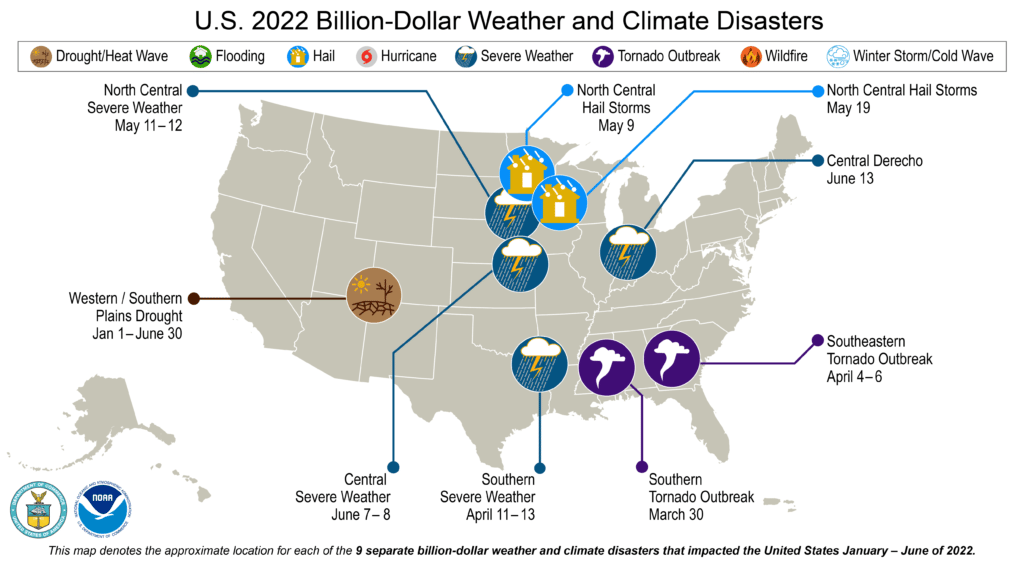Extreme Weather Around the World Linked to Climate Change
- NPG
- September 29, 2022
- NPG Commentary
- 0 Comments
October 04, 2022
Extreme Weather Around the World Linked to Climate Change
What Can We Do to Slow Down Global Warming?

Across the globe, extreme weather events have taken lives, destroyed homes, and displaced people. In March, there was significant flooding in Sydney, Australia. During the summer, after weeks of an unrelenting heatwave, there was a glacial avalanche in Italy. Further north, extreme heat enveloped many European countries. In an article published by PHYS.org, World Health Organization’s regional director for Europe said in a statement: “Heat kills. Over the past decades, hundreds of thousands of people have died as a result of extreme heat during extended heatwaves, often with simultaneous wildfires.” Flooding is so out of control in Pakistan that the country declared a state of emergency at the end of August. Pakistan’s National Disaster Management Authority said: “The record monsoon rain and melting glaciers have brought floods affecting 33 million people and killing at least 1,314, including 458 children.”
The National Centers for Environmental Information summed up extreme weather events in the United States, noting: “In 2022 (as of July 11), there have been 9 weather/climate disaster events with losses exceeding $1 billion each to affect the United States. These events include 1 drought and 8 severe storm events. Overall, these events resulted in the deaths of 8 people and had significant economic effects on the areas impacted.”

In an article from Grid, a research scientist at Columbia University and the NASA Goddard Institute for Space Studies who focuses on drought and related issues said that these weather events highlight a lack of preparedness in areas such as management and infrastructure. More recently, NPR published an article suggesting communication with people so they better understand the weather and how rising temperatures will affect them. Kristie Ebi, a professor at the Center for Health and Global Environment at the University of Washington, said: “We’re seeing people die needlessly. We certainly need a better understanding of how to communicate to people that, in fact, they do need to take action.”
Climate change is causing these weather disasters. From record high temperatures to extreme rain, these weather patterns directly correlate to global warming triggered by human-caused climate change. Simply put: human-made emissions in the atmosphere are trapping and slowing heat loss to space. So, what can we do about it? One of the best things to do is to contact your legislators and let them know that you want the environment to be protected by policy and action. Other opportunities include using less power, limiting food waste by eating groceries and composting the rest, reducing water waste, and family planning! NPG believes in human responsibility within society and for the planet. For us, that means bringing population growth into every conversation that tackles big problems. No environmental problem will ever be made better by adding more people to it. In fact, a slow and gradual reduction in our overall numbers would be the best remedy to our environmental woes!
To read more on population-related issues, please see our Forum paper series here.


